
For our favorite writers, it was in the world of other writers
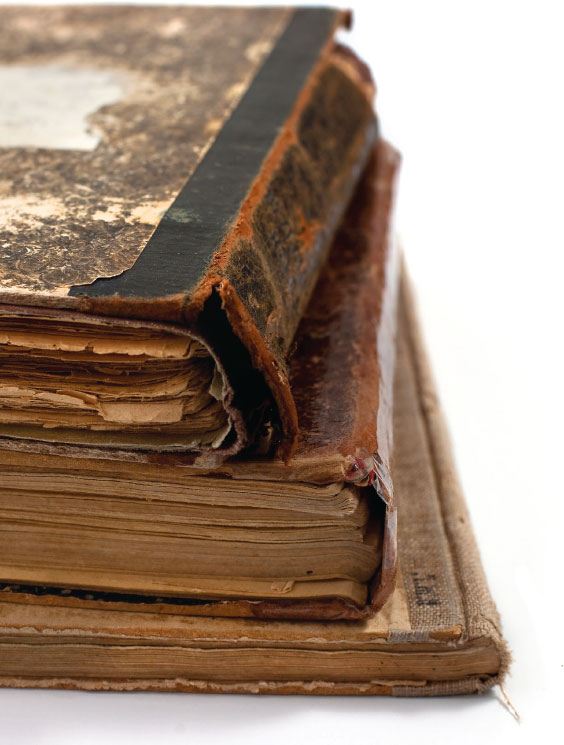
KEVIN DAY
It’s not difficult to see that everywhere in Britain, visible in the landscapes and country homes, market squares and birthplaces of the famed, Here Lived History. Stories of that theme across our green and pleasant land are almost infinite—and easily taken for granted, or with a passing "interesting." But where and how does it become personal? Sometimes, when you don’t even expect it, history comes amazingly alive.
When I invited our contributing editors to recall for readers a place where history came alive to them, I really should have anticipated the theme that emerged.
As Scott Reeves pointed out: "We’re writers. It’s only natural, our interest in discovering how other writers were inspired and worked."
What could I do but follow the theme?
--Dana Huntley
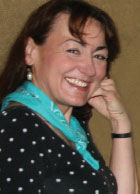
After all the excitement discovering Shakespeare’s Rose and Globe theaters on London’s Bankside in 1989, the other playhouses associated with him have long been pined for. It’s taken the gentrification of the East End to allow any excavation. As the area once outside the City walls becomes trendy, the developers are moving in and, according to law, must allow archaeologists their time in the sun. The remains of the Curtain Theatre in Shoreditch are currently being revealed and the developers are (unusually) so pleased they’re going to build around the findings, incorporating them into a performance space.
Members of the public have been allowed to watch the final weeks of work; every day fetches up something new. The walls of this playhouse are clearly rectangular, for example, not polygonal, as previously believed.
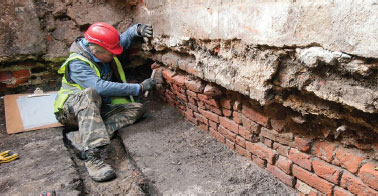
As archaeologists below me scraped away centuries of rubble, I realized I was standing over the stage where Shakespeare himself had performed. Among the artifacts, shards from the theater’s money boxes, smashed each day to reveal the takings (where the term "box office" comes from), and, most poignant of all, a small bird whistle, a sound effect. Could it have been Romeo and Juliet’s lark? I’m going again next week.

THESTAGESHOREDITCH.COM
Scott Reeves • Sheffield, Yorkshire • The Bronte Parsonage
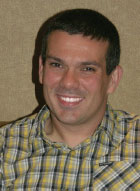
BRONTEORG.UK
As a writer, I spend most of my days in front of a keyboard and monitor in a not-so-glamorous corner of my dining room, and I love to see how the famous writers of the past did it. The parsonage in Haworth was the home of not just one celebrated author, but three: Emily, Charlotte and Anne Bronte. The family deaths that occurred in the parsonage were reflected in the sad childhood of the title character in Charlotte’s Jane Eyre. Emily used the surrounding countryside as a model for the wild moorland of Wuthering Heights. The alcoholism of Arthur Huntingdon in Anne’s The Tenant of Wildfell Hall may have been based on the battle her brother Branwell faced with drink and drugs.
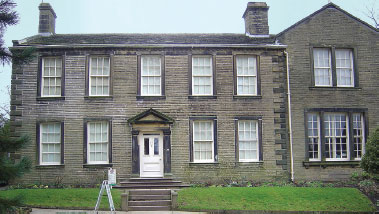
BRONTEORG.UK
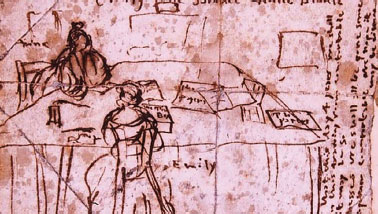
BRONTEORG.UK
Siân Ellis • Monmouthshire • Dylan Thomas’s Boathouse
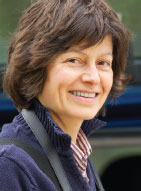
DANA HUNTLEY
Where do the imagination and real life of a writer meet, mingle and metamorphose? For poet Dylan Thomas, it’s most vividly apparent at the Boathouse, his "seashaken house on a breakneck of rocks" perched on cliffs in the west Wales town of Laugharne. Here in the last four years of his short life (1914–1953), he was especially creative, or more specifically, in his "word-splashed hut" just up the steps.
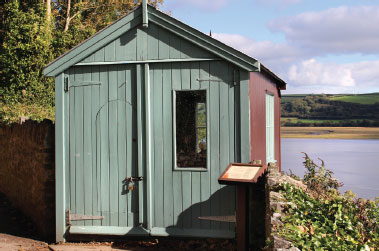
DANA HUNTLEY
In his white-painted Boathouse home, you can sit in the parlor and hear Dylan Thomas recordings, clamber upstairs for museum memorabilia and savor Welsh cakes in the tearooms. Above all, get drunk on the lyrical views.
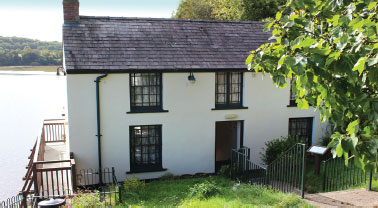
DANA HUNTLEY
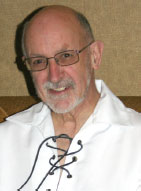
SCOTTSABBOTSFORD.COM
As well as contributing to British Heritage and such, I have written four books—tales of local legends and history. A few years ago, I was dispatched by BH editor Dana Huntley to write a piece on the famous Scot’s novelist Sir Walter Scott, and Abbotsford, his mansion in the Scottish Borders. Scott was probably the first modern celebrity, a prolific writer, who influenced Charles Dickens, Tolstoy and other greats, while also finding time to create a modern and somewhat romantic vision of Scotland.
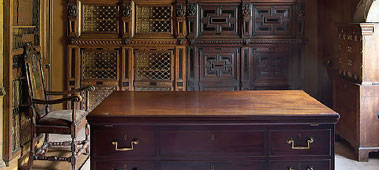
BORDERSJOURNEYS.CO.UK
During my visit to Abbotsford, Jason Dyer, then chief executive, described the house as "a journey into Sir Walter Scott’s imagination." Scott himself called it "Conundrum Castle." With its bizarre artifacts, such as a copy of King Robert the Bruce of Scotland’s skull, outlaw Rob Roy’s dirk, pistol and sporran, and the great Marquis of Montrose’s sword, Abottsford is indeed a fantasy world of legend and history.
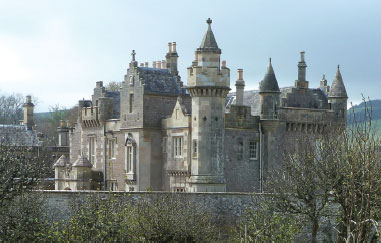
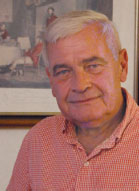
Hmm. Agatha Christie’s Greenway or D.H. Lawrence’s Birthplace? There are so many. Thomas Hardy’s Dorchester, though, remains a magic place for me. I first visited in 1980, duffle slung over my shoulder and fresh from graduate school. From a room up over the pub, I tromped the fields along the River Frome and through Thorncombe Wood to his thatched cottage birthplace, stood in the Maumbury Rings at dusk and walked through The Mayor of Casterbridge scene by scene, Dorchester still very much the same agricultural market town he knew and so vividly portrayed as the Casterbridge of his novels. I felt it.
I’ve returned a number of times over the years and written of Hardy’s Wessex world. Over the last generation, Dorchester’s population has more than doubled, and it has been inevitably drawn into our contemporary, homogenized world of chain stores and franchises.
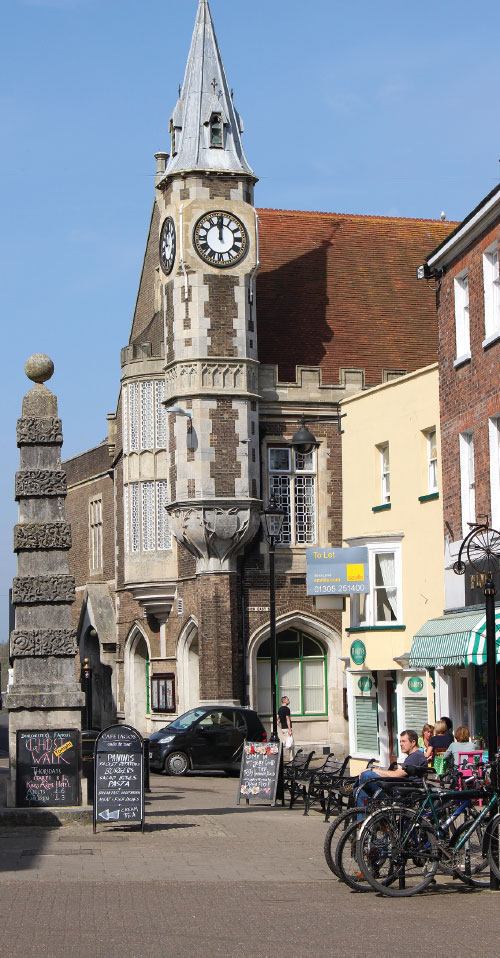
Feeling Hardy’s world on the Corn Street of Dorchester just isn’t as easy these days, but it’s still there. You can still re-create the scenes of Michael Henchard’s life, and stay at the recognizable King’s Arms Hotel, next to the Corn Exchange. And at the fringes where the town meets the water meadows of the Frome and spills into the Dorset countryside of Egdon Heath and the Valley of the Big Dairies, it’s an unchanged world.
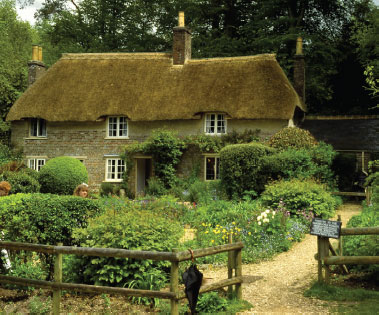
©NATIONAL TRUST IMAGES/ANDREW BUTLER
"History never looks like history when you are living through it." – John W. Gardner
"It takes an endless amount of history to make even one tradition." – Aldous Huxley





Comments